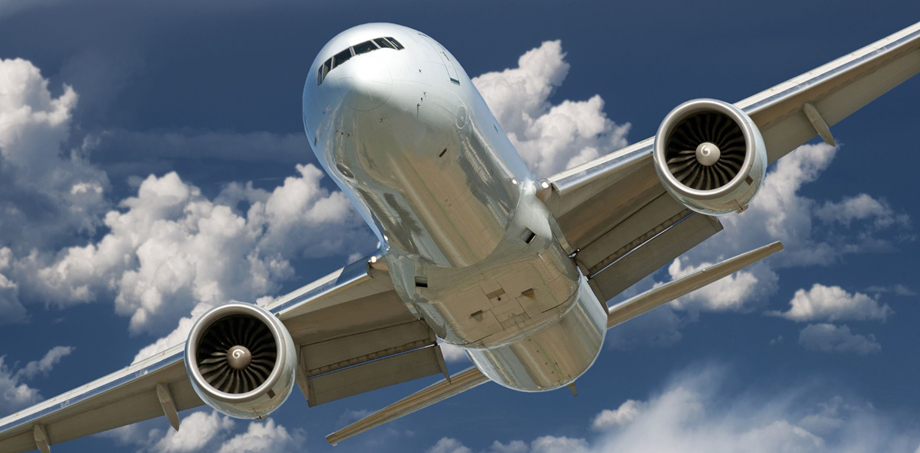CS25 Airworthiness Code – Consideration by Sofema Aviation Services (SAS) www.sassofia.com
Introduction
The European Union (EU) has decided that only legally binding implementing rules (Hard Law) for airworthiness, in compliance with the Basic Regulation, can only be adopted by the European Commission having received an opinion from the EASA for that purpose.
- Airworthiness codes, i.e. certification specifications (CS) and applicable means of compliance (AMCs) applicable to specific products (e.g. large aeroplanes), can be adopted and published by the EASA, but they are not legally binding.
- A “certification basis” has to be defined for each product subject to certification, based on the airworthiness codes, but adapting them for each specific case through “special conditions” (SCs).
Airworthiness codes are established by regulatory authorities and contain a series of design requirements including:
- Strength of structures,
- Flight qualities,
- Performance,
- Criteria for good design practice,
- Systems,
- Necessary tests,
- Flight and Maintenance manual content.
Airworthiness Requirements-Structure
- Subpart A – general
- Subpart B – flight
- Subpart C – structure
- Subpart D – design and construction
- Subpart E – powerplant
- Subpart F – equipment
- Subpart G – operating limitations and information
- Subpart H – electrical wiring interconnection system
- Subpart J – auxiliary power unit installations
- Appendices
Notes
- Subpart A: General. Information about the types and categories of aircraft to which the standard is applicable.
- Subpart B: Flight. Flight tests are to be carried out to show compliance with performance, controllability, manoeuvrability, and stability requirements.
- Subpart C: Structure. Contains the requirements for flight (manoeuvre and gust loads) and ground load assessment, and for the structural design of airframes, control systems, landing gears, and others. Crashworthiness and fatigue requirements are also provided.
- Subpart D: Design and Construction. Deals with the design technique, materials, safety factors, control system, and landing gear design, structural tests to be carried out, cockpit and passenger cabin design, fire protection, and flutter requirements.
- Subpart E: Powerplant. Contains the requirements for power plant installations and related systems. Powerplant controls, accessories, and fire protection are also considered.
- Subpart G: Operating Limitations and Information. Provides requirements for all the information that must be available to the pilot and other personnel for correct aircraft operations like markings, placards, and the content of the flight manual.
- Appendices. Provide design load criteria, test procedures for material flammability, and instructions for continued airworthiness.
Considerations Related Severity of Airworthiness Standards
- An increase in safety is not always proportional to the severity of the rule.
o At and beyond a certain level of safety, negligible safety increases incur at great cost. At this point, the rule is not practicable.
- A proposal should be:
o Economically reasonable;
o Technologically practicable;
o Appropriate to the particular type of aircraft.
Fireworthiness
- An aircraft has engines, fuel, electrical installations, making fire hazards a real threat.
- For fire protection, fire zones in the airplane need to be identified including the engine compartment, fuel tanks, etc.
o Three methods for protecting the occupants of an airplane from fire:
- Abandoning the aircraft;
- Passive protection to contain the fire for a time necessary for emergency landing;
- Active protection by means of fixed or portable extinguishers.
Airworthiness – Fire Protection
- In civil aircraft, passive protection is prescribed to allow a safe emergency landing, whenever possible.
- Achieved by isolating fire zones so that essential structures and systems can be protected until landing.
Note: Fire extinguishers are not ruled out but are not considered as primary protection.
For Transport and Commuter Aircraft, active protection is prescribed in order to put out fires in the cockpit, cabin, engines, baggage, and cargo compartments.
- Airworthiness standards provide rules for materials used for cabin interiors from flammability and toxic fumes points of view.
- Certification requirements provide procedures for tests.
o Ideally, the reliability of a vital aircraft system should be 100%, however, this is practically impossible.
o Reliability of a system can be improved with redundancy (heavy, expensive & can be complex).
Note: Systems should be designed with minimum redundancy by improving the reliability of single components. This ensures an acceptable safety level.
Failure conditions:
Effects on the aircraft and its occupants, both direct and consequential, caused or contributed by one or more failures, considering operational or environmental conditions.
Next Steps
Follow this link to our Library to find & Download related documents for Free.
Sofema Aviation Services www.sassofia.com & Sofema Online www.sofemaonline.com provide Classroom, Webinar & Online EASA Regulatory Compliant & Vocational Training. Please see the websites or email us at Team@sassofia.com
Tags:
Aircraft Airworthiness, Aircraft Certification Specification, aircraft design, Aircraft Reliability, Airworthiness Code, Airworthiness Requirements, Applicable Means of Compliance (AMCs), aviation safety, Basic Regulation, Compliance, Crashworthiness, CS25, EASA, Fire hazard, Fire protection, Flammability, Flight Tests, Hazardous Failure conditions, powerplant, Regulatory Authorities, SAS blogs




